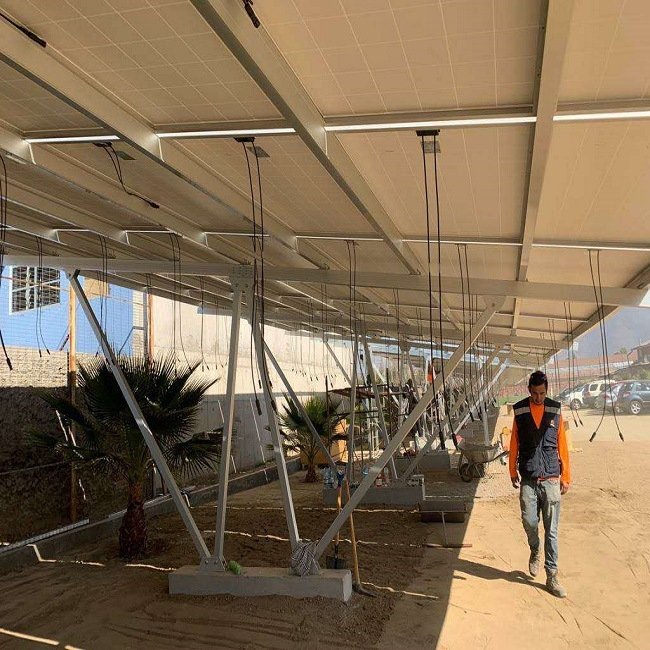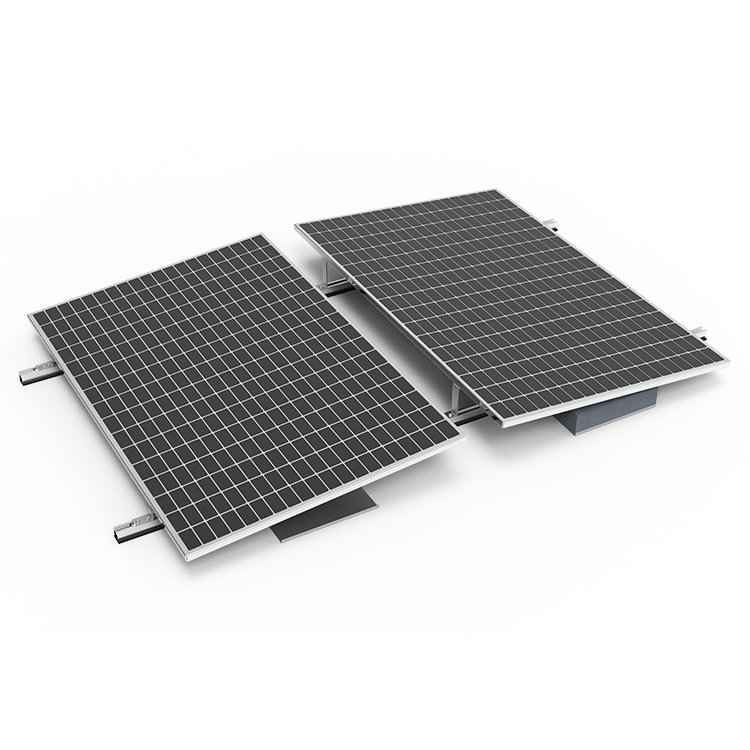-
2103 Pokoj NO.322 Xinggang One Road, Haicang District, Xiamen Fujian, Čína

Can You Install a Solar Power System by Yourself? A DIY Guide
Many handy homeowners wonder: “Can I build and install my own solar system?” While it’s tempting to DIY solar, especially for small setups, there are legal and technical limits.
H2: Are You Legally Allowed to DIY Solar?
H3: Installation Requires an Electrician License in Most Cases
In most regions, solar panel installation involves electrical work, which legally requires a licensed electrician. Especially if you plan to connect your system to the public grid, professional installation is mandatory to comply with electrical safety regulations.
H2: DIY is Possible with Low-Voltage Solar Panels
H3: Systems Below 30V Can Be Installed Without a License
If your solar system runs on less than 30 volts and is used for off-grid, self-consumption only, then DIY installation is typically allowed. For instance, many 100W solar panels output a maximum of 18V, making them safe for personal installation.
⚠️ Note: Systems over 30V (such as 200W panels producing 36V) exceed this threshold and require a licensed installer.
H2: Why 30V is the Legal Cutoff
This threshold exists due to electrical safety regulations. Equipment under 30V that isn’t connected to higher-voltage systems is considered low risk. DIY projects under this limit do not fall under the same legal obligations as grid-tied systems.
What You’ll Need for a DIY Solar Setup
If you’re installing a 100W, 12V panel system, here’s what you need:
- Solar panel
- Mounting bracket system – secures the panel
- Charge controller – safely charges the battery
- 12V battery – stores solar energy
- DC/AC inverter – converts power to usable home electricity
- Wiring & connectors
💡 Consider getting a DIY solar kit, which bundles all necessary components for ease of use.

View: Solar Ballasted Roof Mounting Systems Manufacturer
H2: How to Install a DIY Solar System
- Mount the solar panel securely using a rooftop or balcony bracket.
- Connect panel → charge controller
- Connect charge controller → battery + inverter
- From inverter → wire power outlet inside your house (requires careful drilling and routing)
For extra safety, use specialized mounting systems like:

H2: What Can You Power With a 100W Panel?
A 100W panel can charge:
- Phones, tablets, LED lights
- A small fan (≈50W)
But high-wattage appliances like air conditioners or kettles won’t work with such limited output.
💡 Due to inverter and cable losses, usable power will be slightly below 100W even on sunny days.
H2: Is DIY Solar Worth It?
DIY solar is:
- ✅ Legal under 30V
- ✅ Economical for beginners
- ⚠️ Limited in capacity
- ❌ Not suitable for grid connection or high-voltage systems
For larger or grid-tied systems, consult a certified installer.
H2: Recommendations for DIY Beginners
- Start small (1–2 panels)
- Choose pre-made solar kits
- Install with adjustable bracket systems for flexibility
- Always prioritize safety

Final Advice
DIY solar is great for learning and small energy needs. Just ensure you:
- Stay under 30V
- Don’t connect to the grid
- Understand basic electrical safety
For grid-tied or higher-voltage projects, always hire a certified electrician.
Related Links
- 🔗 Střešní solární montážní systém
- 🔗 Solar Balcony Racking System Manufacturer
- 🔗 Solar Mounting Accessories
- 🔗 Solar Ballasted Roof Mounting Systems
- 🔗 Custom Adjustable Front/Rear Legs for Mounting
Let me know if you’d like a simplified version for general consumers or a professional format for publication!








